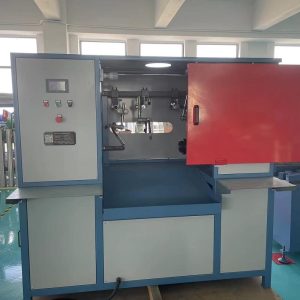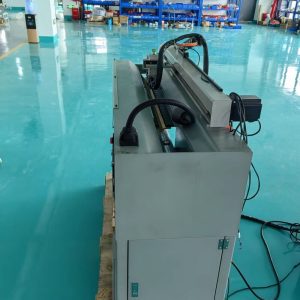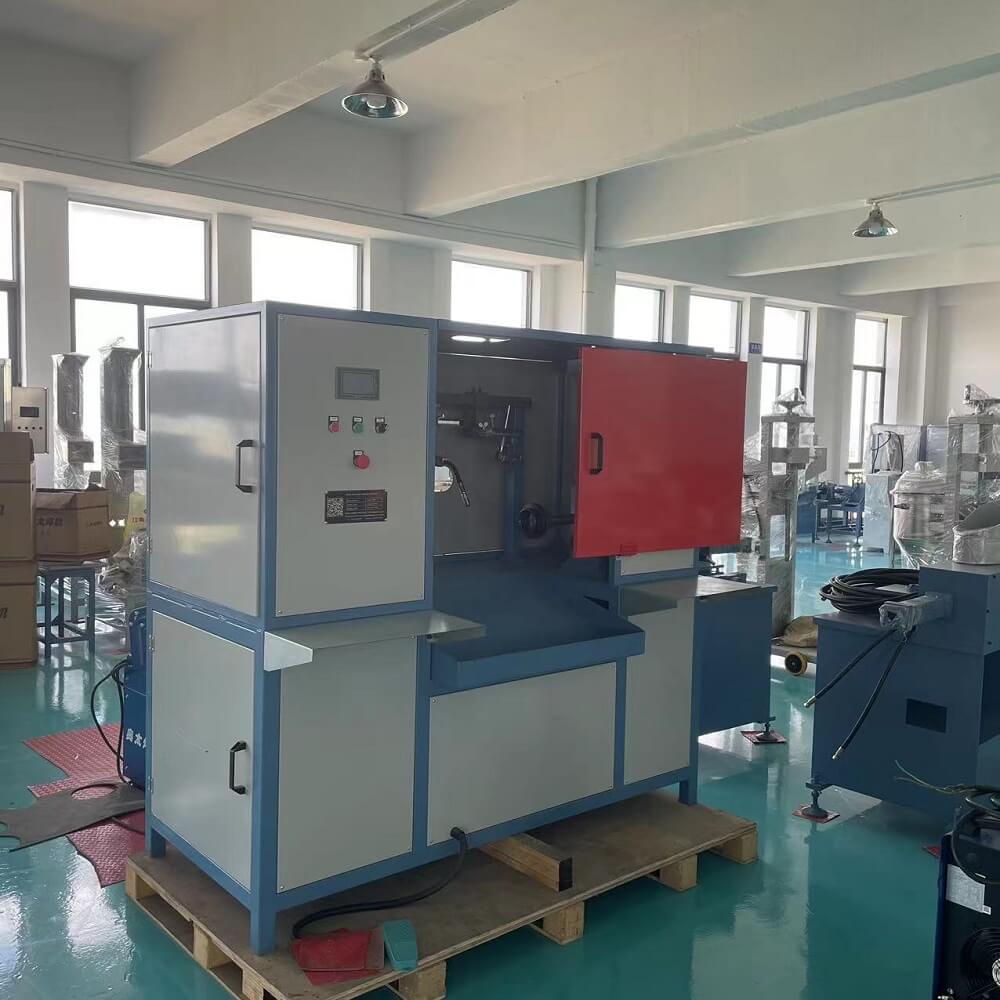Introduction
Welding is a fundamental process in manufacturing and construction, allowing materials to be joined together efficiently and securely. Two commonly used welding techniques are circular seam welding and longitudinal seam welding. Each method has its own unique characteristics and applications. In this article, we will explore the differences between these two welding techniques and their respective advantages and disadvantages.
Circular Seam Welding
Circular seam welding, also known as circumferential seam welding or rotary welding, is a welding process used to create a continuous weld around a cylindrical or circular workpiece. This technique is often used in the fabrication of pressure vessels, pipes, and containers.
Advantages of Circular Seam Welding:
Uniformity: Circular seam welding produces a consistent and even weld along the circumference of a circular workpiece, ensuring structural integrity and leak resistance in applications such as pressure vessels.
High Productivity: It is a high-speed welding process, making it suitable for mass production applications where efficiency is crucial.
Minimal Operator Skill: Circular seam welding can be automated, reducing the reliance on highly skilled welders for repetitive tasks.
Versatility: This technique can be used on various materials, including metals and alloys, making it adaptable to a wide range of applications.
Disadvantages of Circular Seam Welding:
Limited to Cylindrical Shapes: Circular seam welding is most effective for cylindrical workpieces and may not be suitable for non-cylindrical components.
Equipment Cost: The specialized equipment required for circular seam welding can be expensive to purchase and maintain.


Longitudinal Seam Welding
Longitudinal seam welding, also known as linear seam welding or straight-line welding, is a welding process used to create a continuous weld along a straight seam or joint. This technique is commonly employed in the fabrication of sheet metal components, such as tanks, automotive body panels, and various structural assemblies.
Advantages of Longitudinal Seam Welding:
Versatility: Longitudinal seam welding can be applied to a wide range of shapes, including flat and curved surfaces, making it suitable for various industries.
Precise Control: Operators have greater control over the welding process, allowing for fine adjustments to achieve desired weld quality.
Cost-Effective: The equipment for longitudinal seam welding is often more affordable than that for circular seam welding, making it a cost-effective option for many applications.
Minimal Material Distortion: This technique minimizes material distortion, reducing the need for post-welding corrections.
Disadvantages of Longitudinal Seam Welding:
Slower than Circular Seam Welding: Longitudinal seam welding is generally slower than circular seam welding, which can be a limitation in high-volume production settings.
Skill-Dependent: Achieving high-quality longitudinal welds may require skilled operators, particularly for complex joint designs.
Conclusion
Circular seam welding and longitudinal seam welding are two distinct welding techniques, each with its own set of advantages and disadvantages. The choice between these techniques depends on factors such as the shape of the workpiece, production volume, and the desired level of operator skill. Understanding the differences between these methods is essential for selecting the most suitable welding technique for a given application, ensuring the successful fabrication of welded components across various industries.

